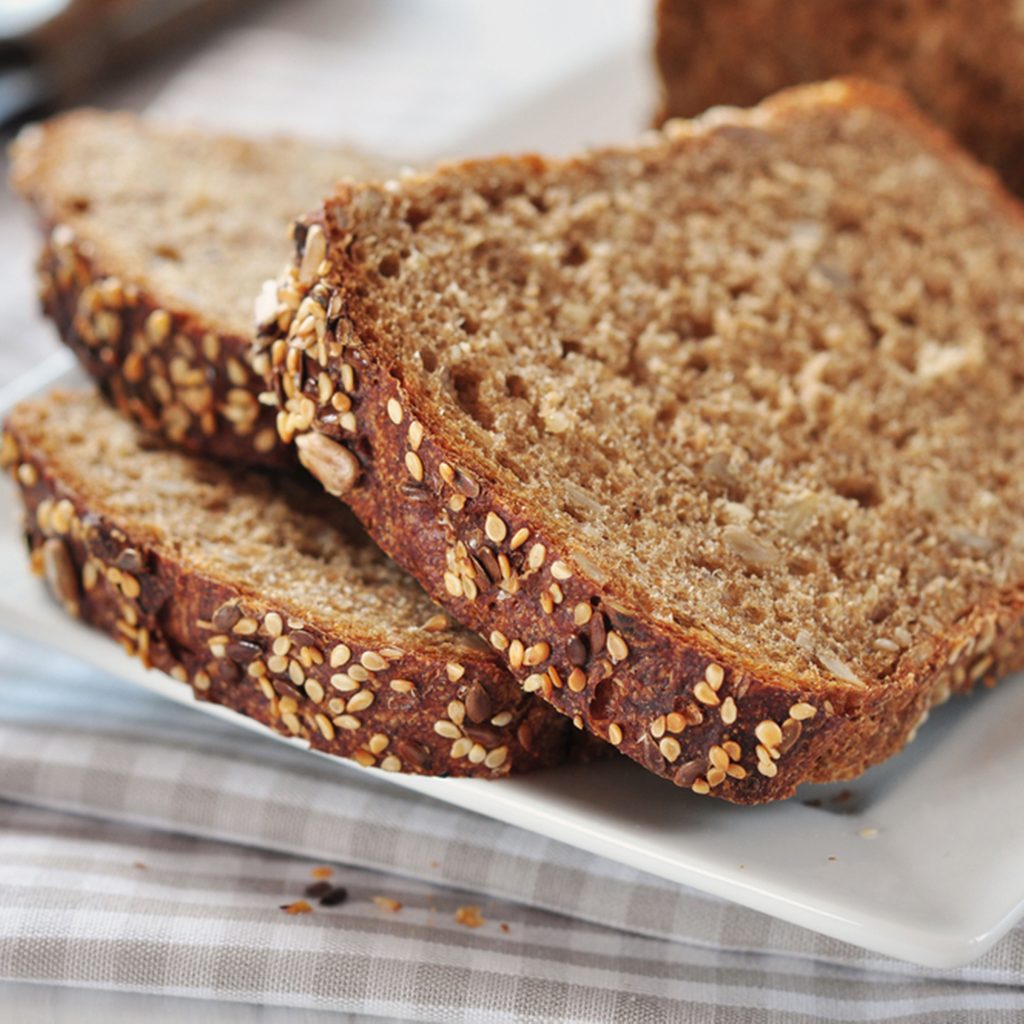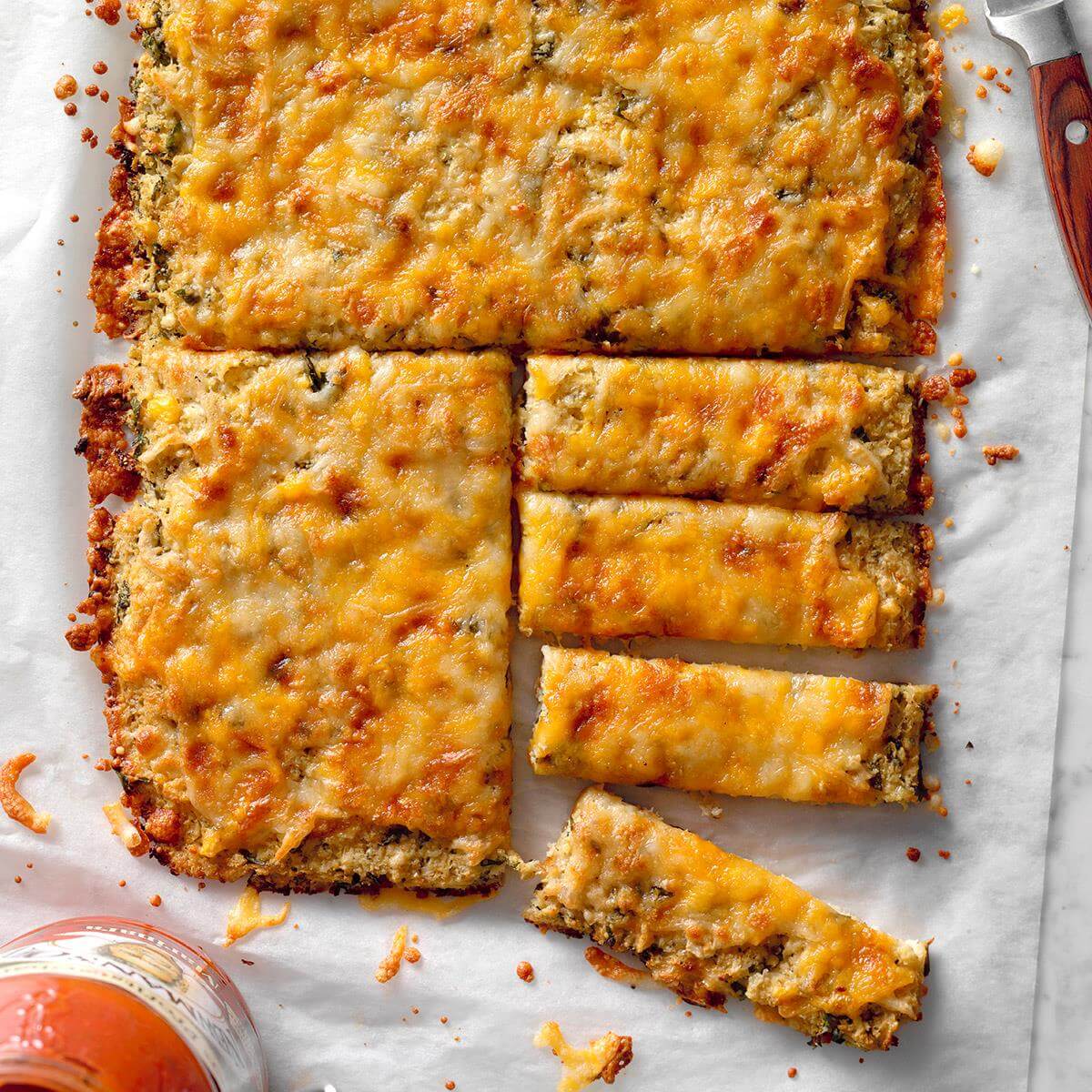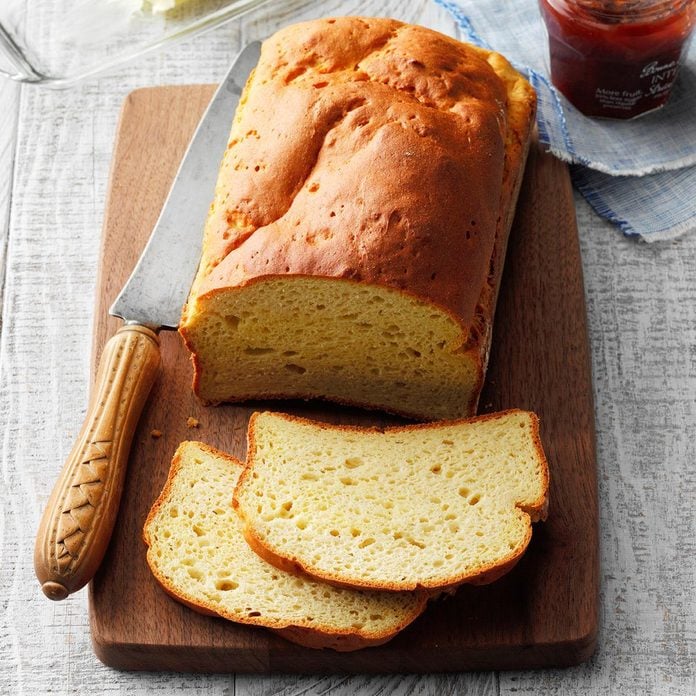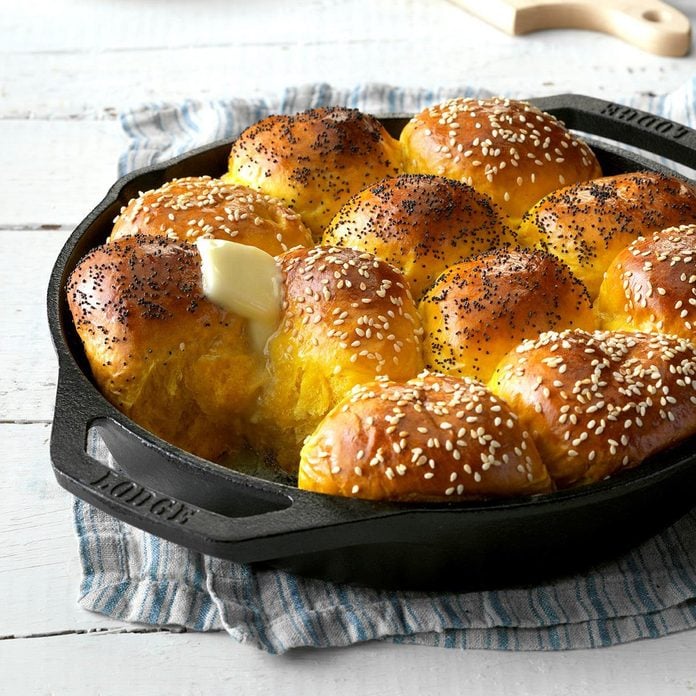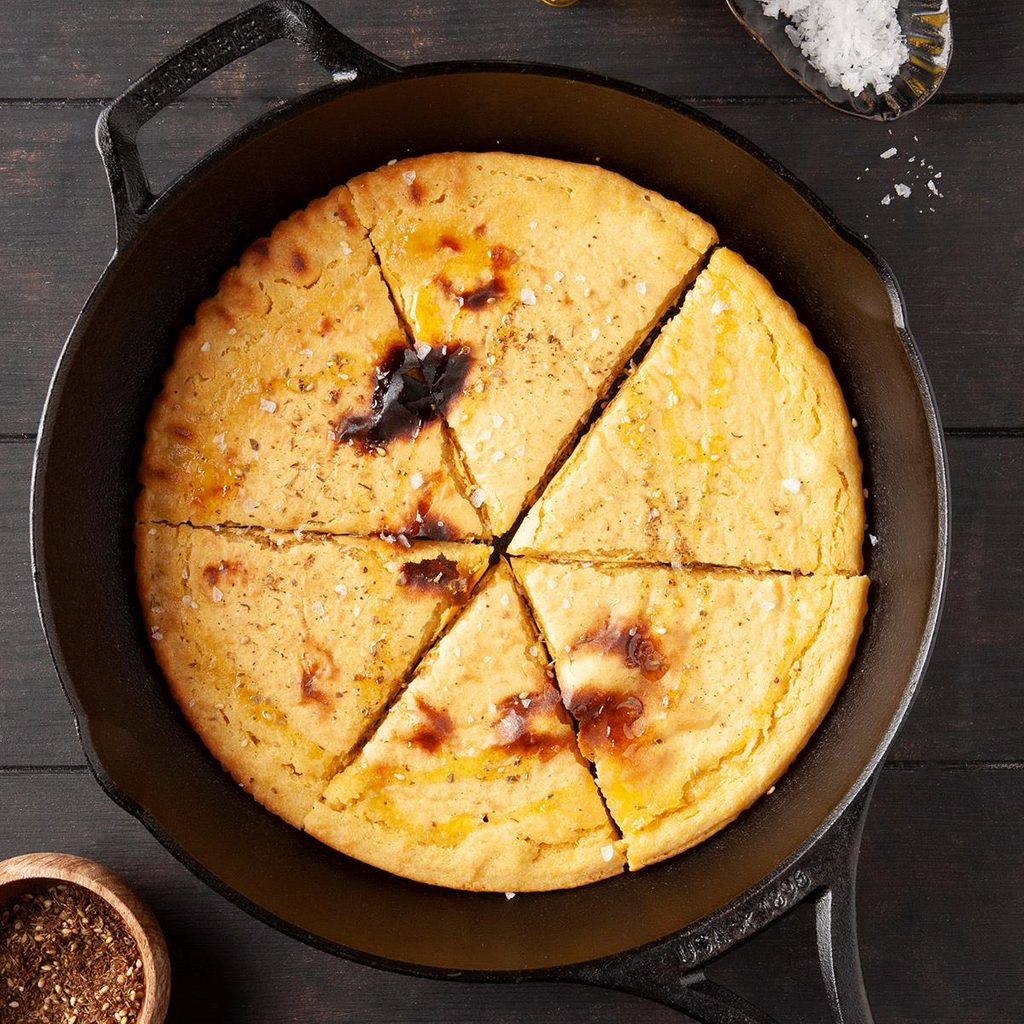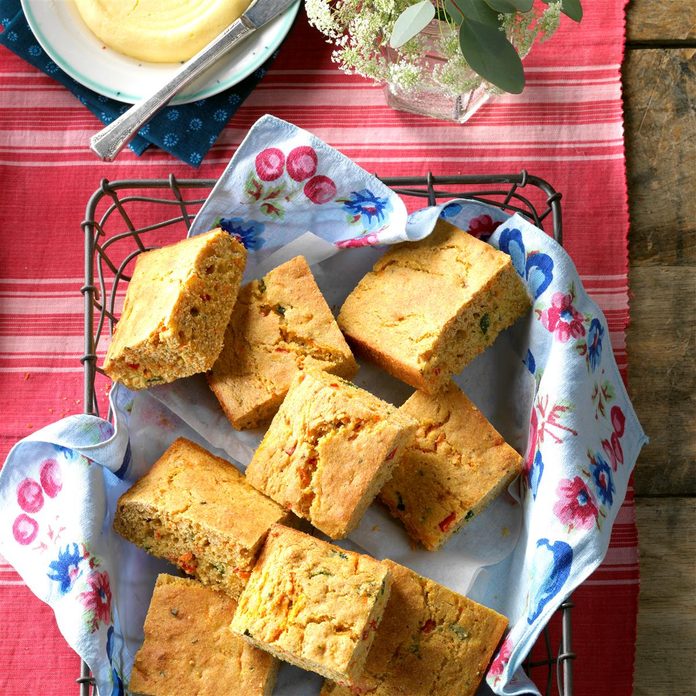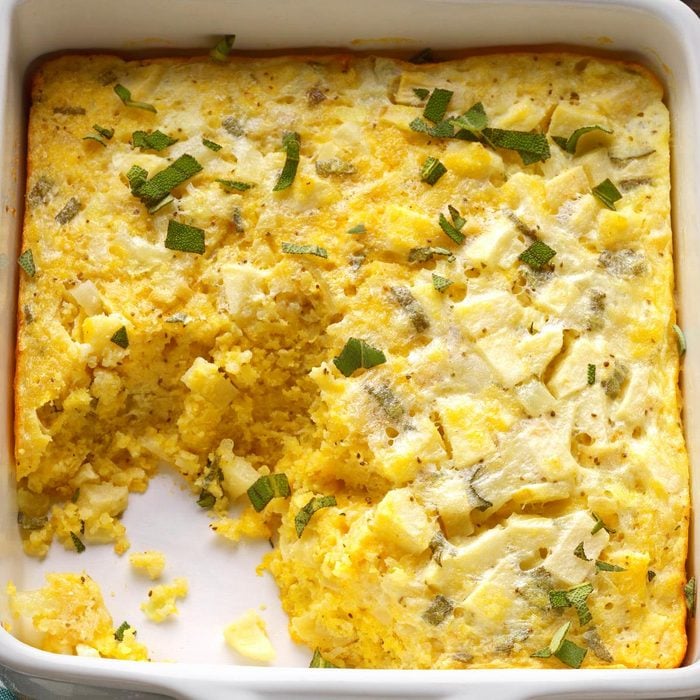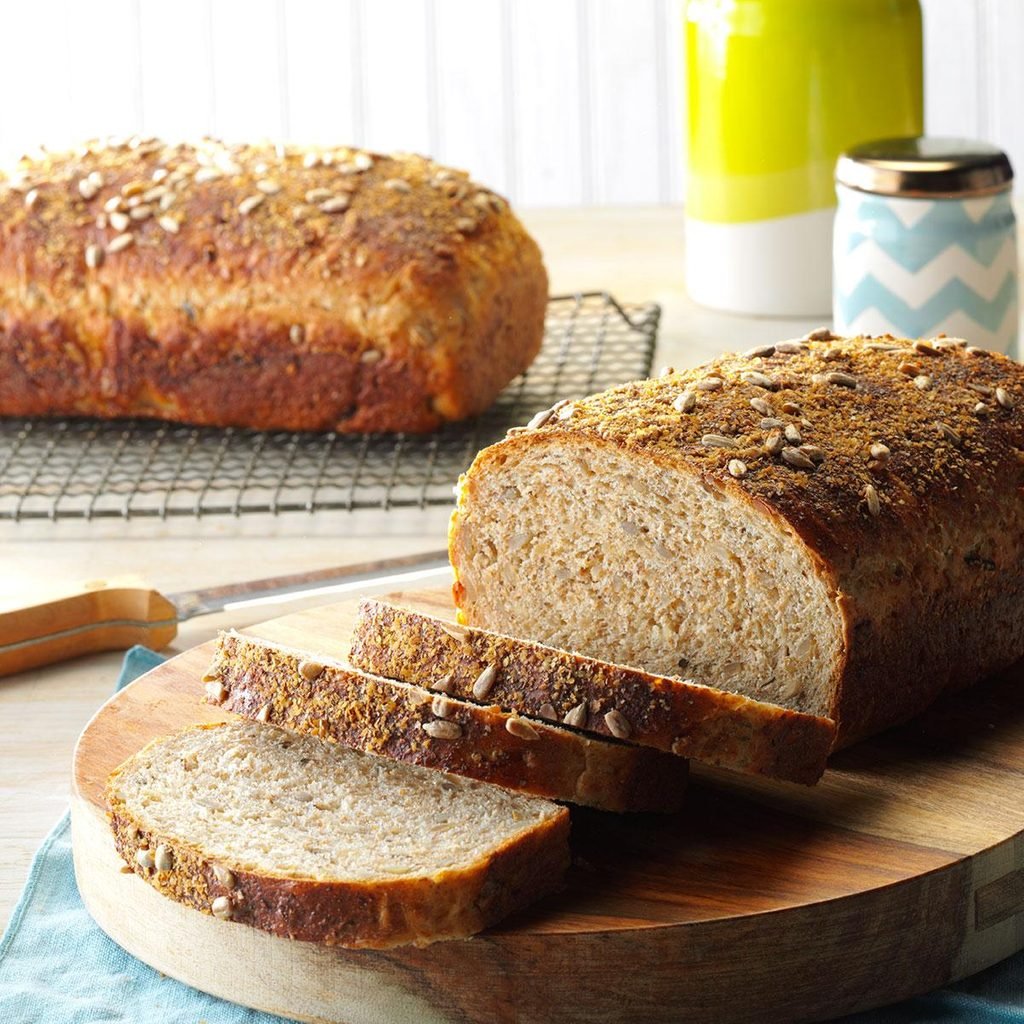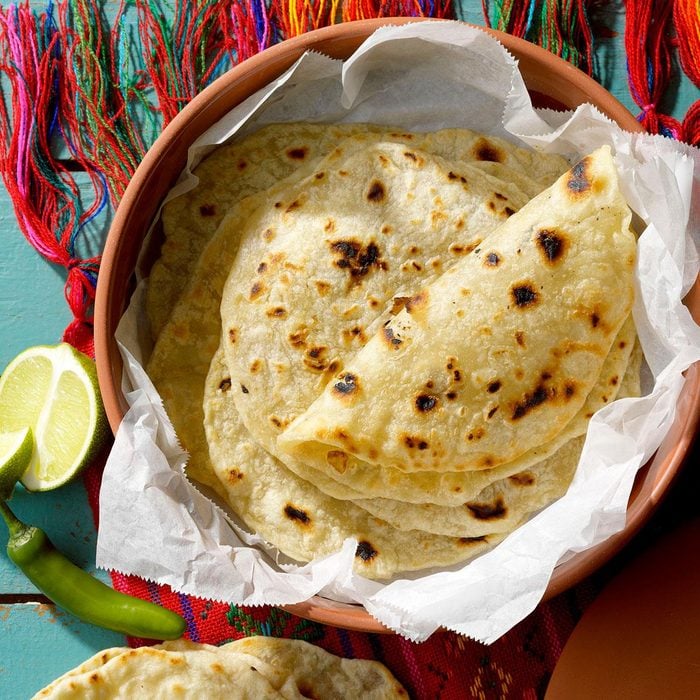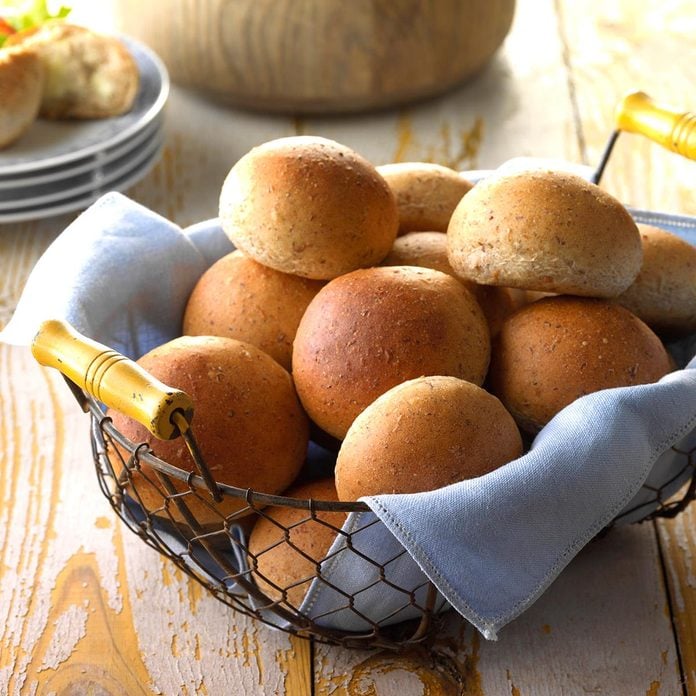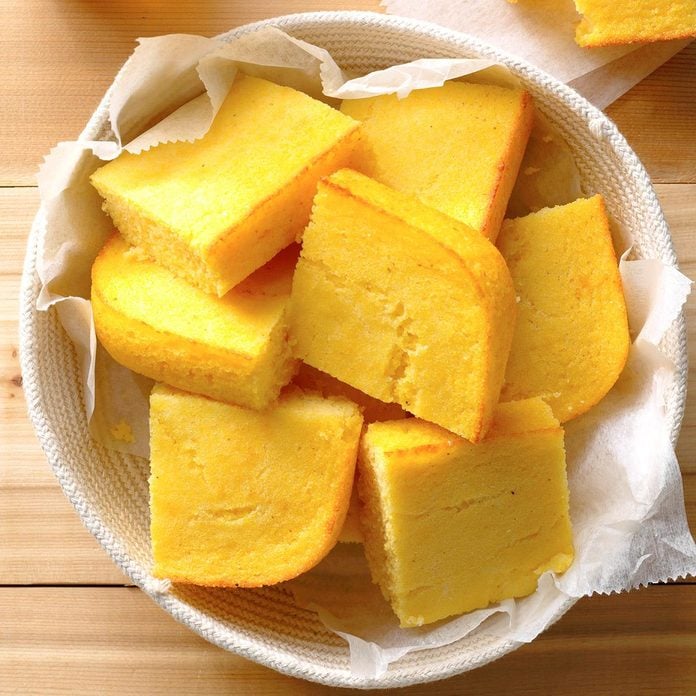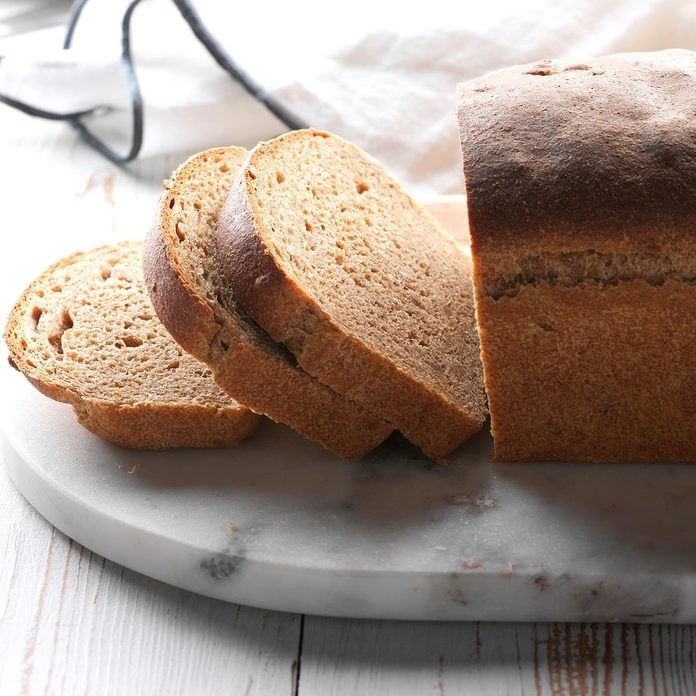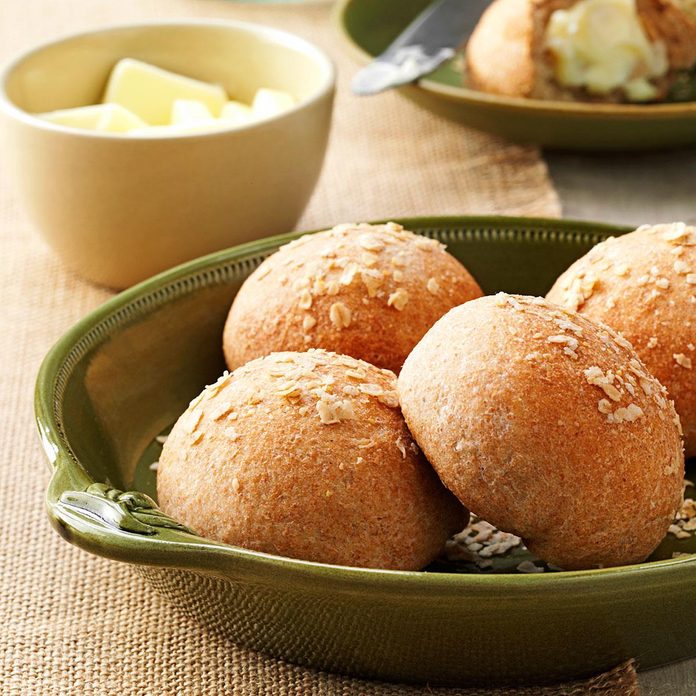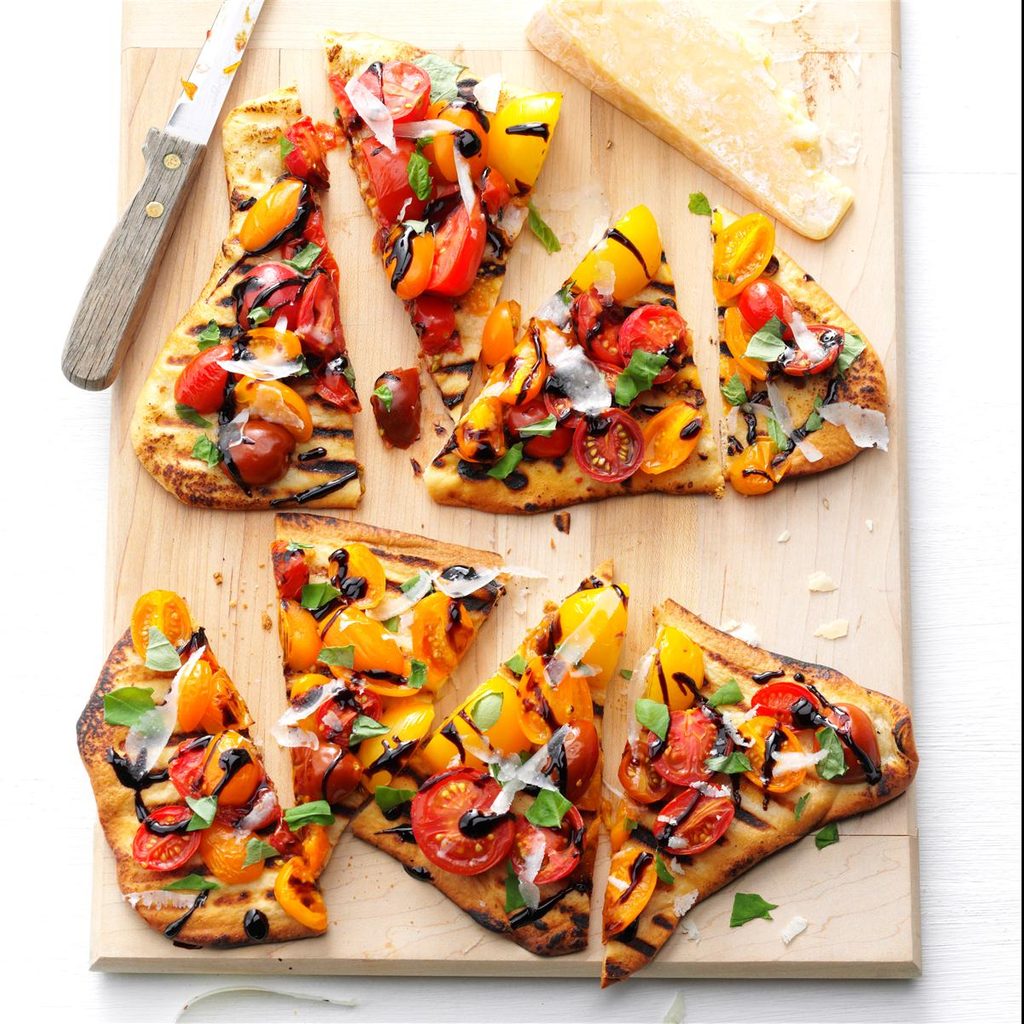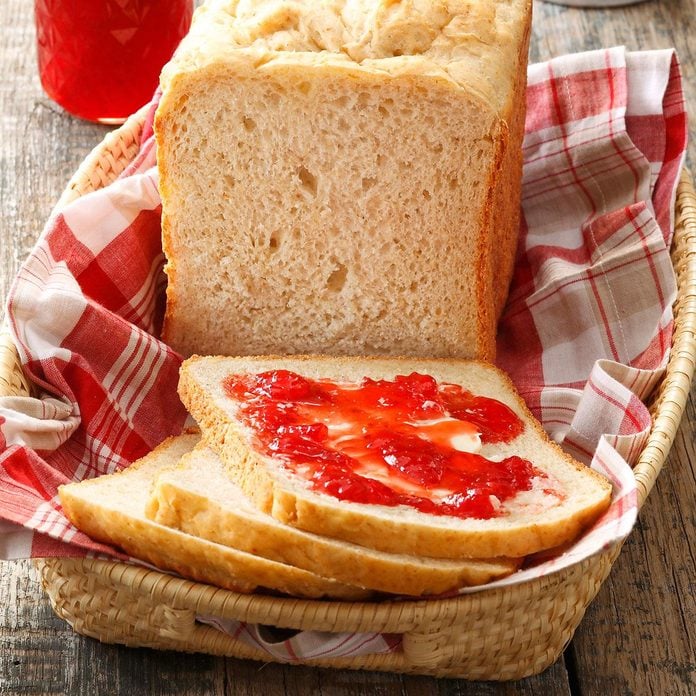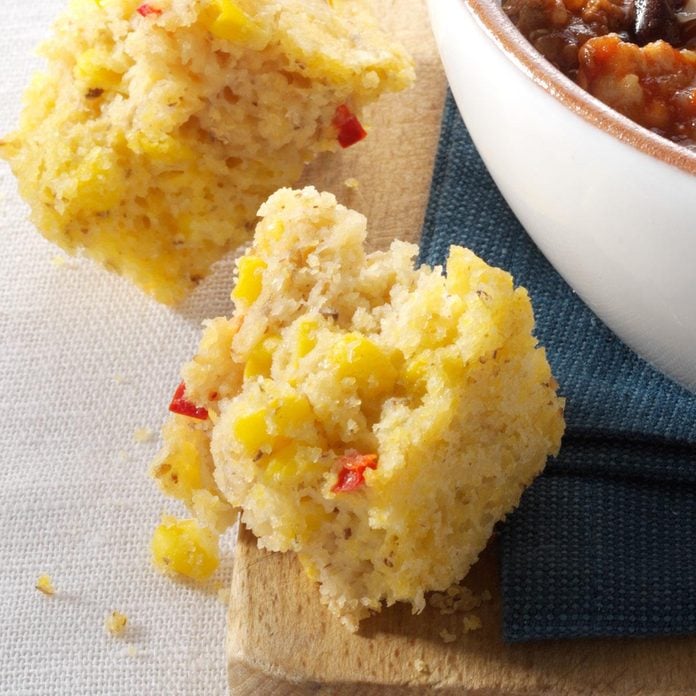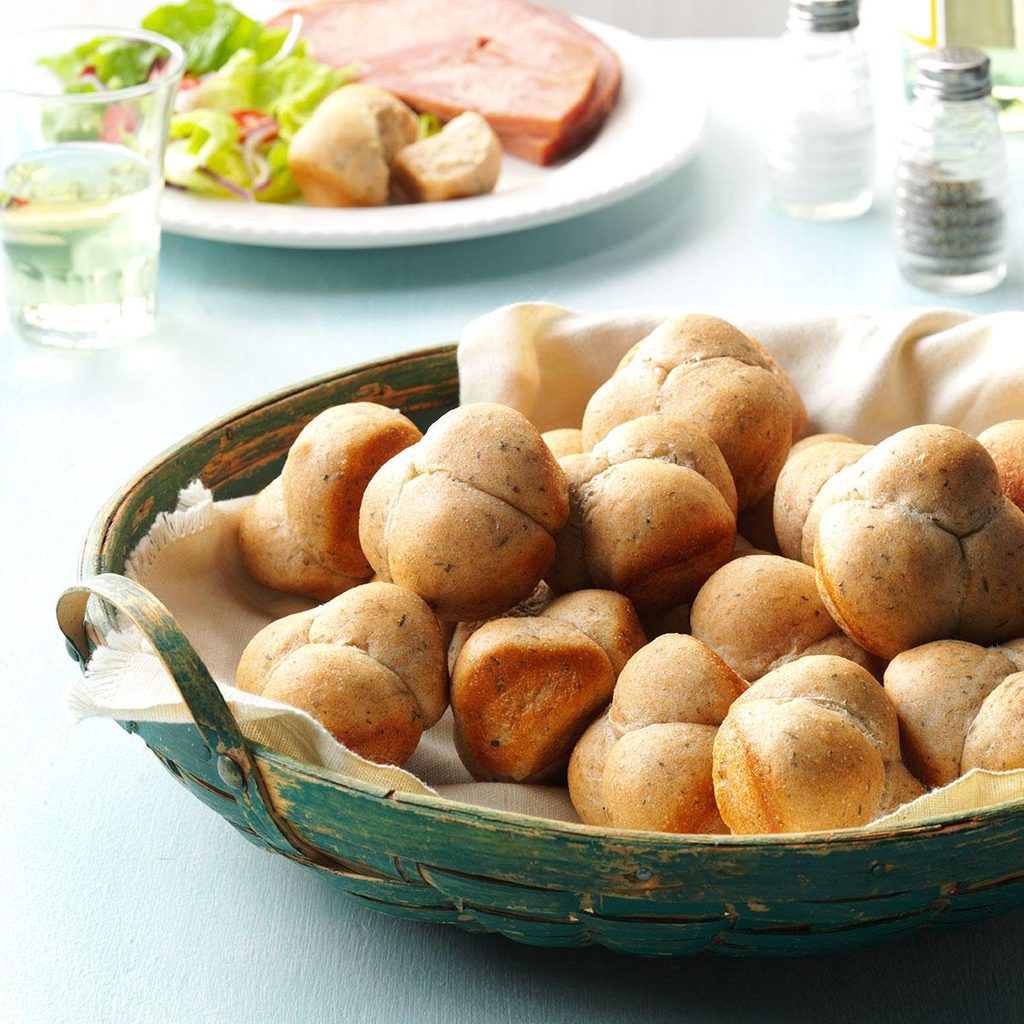Whole grain, whole wheat, multigrain, oh my! As you walk down the bread aisle at your local grocery store, it can feel impossible to tell the difference. Each label claims to be a healthy option, so when choosing between whole grain or whole wheat bread, where do you begin?
Is There a Difference Between Whole Wheat and Whole Grain Bread?
Whole wheat and whole grain breads are similar, but not the same. The word “whole” in their names is vital and means that they both contain grains that are fully intact.
Whole wheat bread is made up of wheat kernels that still contain all three components—the bran, germ and endosperm of the kernel. In many white and wheat breads, the bran and germ are filtered out. Keeping all three parts of the kernel means the bread is more nutritious and takes longer for our bodies to digest.
Whole grain bread also contains the entire kernel of wheat, as well as other whole grains like oats, brown rice or barley. Whole wheat bread is simply one type of whole grain bread. (Psst! Here’s how to make your own whole grain bread.)
Whole grains aren’t just for bread. Try these delicious recipes, too.
Which Bread is Whole Grain?
In order to tell if your loaf of bread is 100 percent whole grain, pay attention to the label and packaging. Look for the “100% Stamp” on the front of the package. This means your bread contains at least 16 grams of whole grains. Also, check the ingredients list. The first ingredient should have the word “whole” in it. If you prefer fresh bread, visit your local bakery or throw on an apron and make your own whole wheat bread at home.
Is Whole Grain Bread Healthy for You?
Whole grain bread is rich in vital nutrients like fiber, protein and B vitamins. Studies have linked eating a diet with whole grains with a decreased risk for many chronic health conditions like diabetes, heart disease, cancer and stroke. As long as you tolerate wheat and other grains, whole grain bread is a great option for a healthy diet.
What is the Healthiest Bread You Can Eat?
As long as your loaf of bread is made with 100 percent whole grains, it does not matter if you choose whole wheat or whole grain. They both contain important nutrients that have been stripped from other types of bread.
So read your labels and whip up a healthy sandwich today! If you’re looking for more healthy options, ezekiel bread is the new bread everyone will be talking about.
Make These Healthy Bread Recipes at Home
Cheesy Cauliflower Breadsticks
These grain-free, cheesy cauliflower breadsticks are made with vegetables instead of flour. Serve with your favorite marinara sauce.—Nick Iverson, Denver, Colorado. Looking for the best recipe? Check out our round up of the
best bread recipes.
Get Recipe
Gluten-Free Sandwich BreadIn my quest to find an edible gluten free bread, this recipe emerged. It’s moist and has no cardboard texture! —Doris Kinney, Merrimack, New Hampshire
Our Test Kitchen tried eight brands to find the
best gluten-free bread for you.
Honey-Squash Dinner RollsPuffy dinner rolls take on rich color when you add squash to the dough. Any squash variety works—I've even used cooked carrots. —Marcia Whitney, Gainesville, Florida
SoccaSocca is a traditional flatbread from Nice, France. It's a common street food, cooked on a grill and served in a paper cone, usually chopped and sprinkled with salt, pepper or other delicious toppings. Bonus: It's gluten free. — Taste of Home Test Kitchen, Milwaukee, Wisconsin
Garden Vegetable CornbreadWhen I was a kid, my parents would make cornbread for my siblings and me. We would slather butter and maple syrup over the warm bread—it was delicious. Today I experiment a lot with recipes, just as my grandma and mom did, and that's how my version of their easy cornbread recipe was born! —Kim Moyes, Kenosha, Wisconsin
Apple Quinoa Spoon BreadMy cousin is a strict vegetarian, so creating satisfying veggie dishes is my yearly challenge. This spoon bread can act as an amazing Thanksgiving side, but the addition of hearty, healthy quinoa and vegetables make it a well-rounded casserole. Pair it with a seasonal salad to make a filling vegetarian meal. —Christine Wendland, Browns Mills, New Jersey
Wild Rice Bread with Sunflower SeedsI loved skipping the boring school cafeteria meals and going to my grandma’s house for lunch. She spent most of her life in northeastern Minnesota, which is reflected in this bread's ingredients. Now my family uses this for our holiday stuffing. —Crystal Schlueter, Northglenn, Colorado
Triple Tomato FlatbreadTomatoes are the reason I have a vegetable garden, and I developed this recipe as a way to show off my garden's plum, sun-dried and cherry tomatoes. The dish is easy and will impress. —Rachel Kimbrow, Portland, Oregon
Homemade TortillasI usually have to double this flour tortilla recipe because we go through them so quickly. The homemade tortillas are so tender and chewy, you’ll never use store-bought again after learning how to make tortillas. —Kristin Van Dyken, Kennewick, Washington
Tender Whole Wheat RollsEven though these are whole wheat rolls they have a light texture and are soft and tender. This recipe reminds me of lots of happy meals with my family.—Wilma Orlano, Carroll, Iowa
Yogurt CornbreadMy husband doesn't like traditional Texas cornbread, so I came up with this recipe. This is the only kind he'll eat. Yogurt makes this variation different from most. —Amanda Andrews of Mansfield, Texas
Sunflower Seed & Honey Wheat BreadI've tried other bread recipes, but this one is a staple in our home. I won $50 in a bake-off with a loaf that I had stored in the freezer. —Mickey Turner, Grants Pass, Oregon
Whole Wheat Potato RollsMy cousin gave me this recipe for classic potato rolls. If you have leftovers or want to make some ahead, go ahead and freeze them—they’ll be just as tasty. —Devon Vickers, Goddard, Kansas
Grilled Tomato PizzasMy husband and I make grilled pizza with a tangy balsamic glaze, and it tastes as if we used a wood-burning oven. —Michele Tungett, Rochester, Illinois
Soft Oatmeal BreadMy husband loves to make this bread. With its mild oat taste and soft texture, it's sure to be a hit with the whole family. Slices also are delicious toasted for breakfast. —Nancy Montgomery, Plainwell, Michigan
Honey-Oat Pan RollsThese tender rolls are relatively quick to make. Whole wheat flour and oats make them nutritious, too.—Arlene Butler, Ogden, Utah
Moist Red Pepper CornbreadThe name of this recipe says it all—except how perfect they are for scooping up that last drop of soups and stews! —Katherine Thompson, Tybee Island, Georgia
Blue-Ribbon Herb RollsThese rolls have been a favorite of ours for nearly 25 years. I even baked them in an old wood stove when we lived on a farm. I developed the recipe using several techniques I learned while studying the art of bread making. The recipe won a blue ribbon at our county fair. —Mary Ann Evans, Tarpon Springs, Florida
